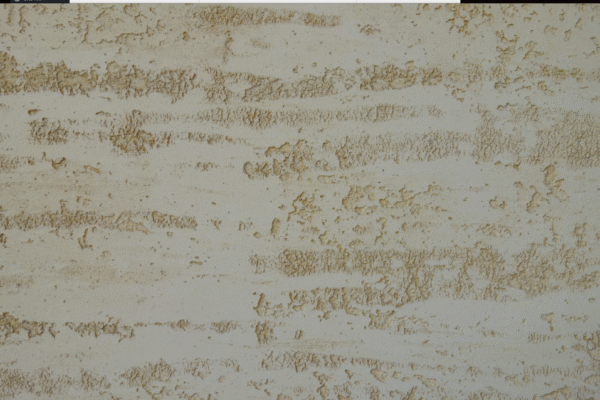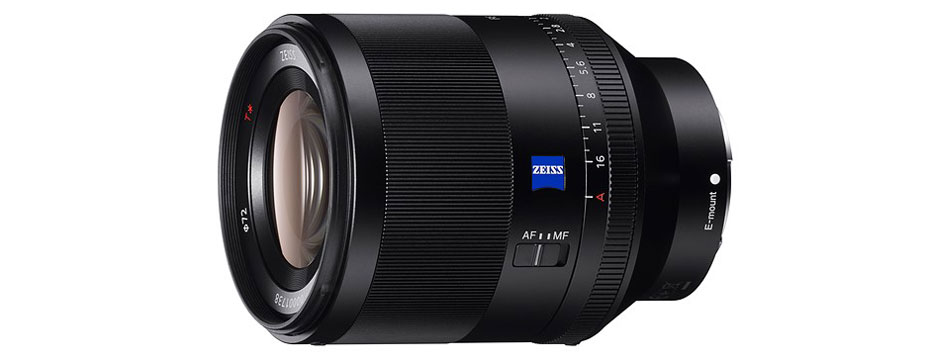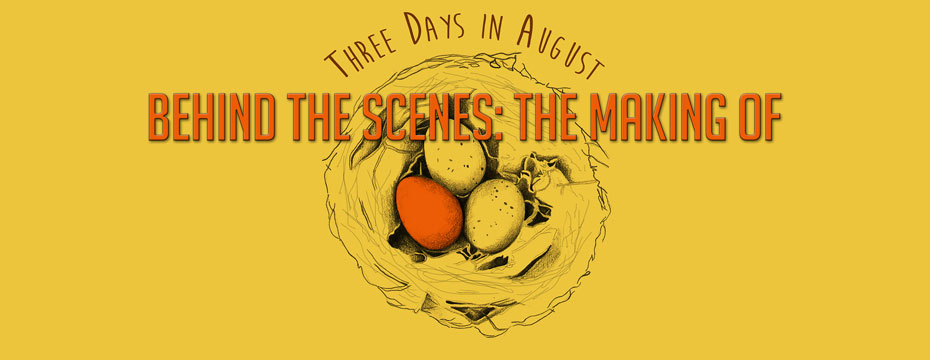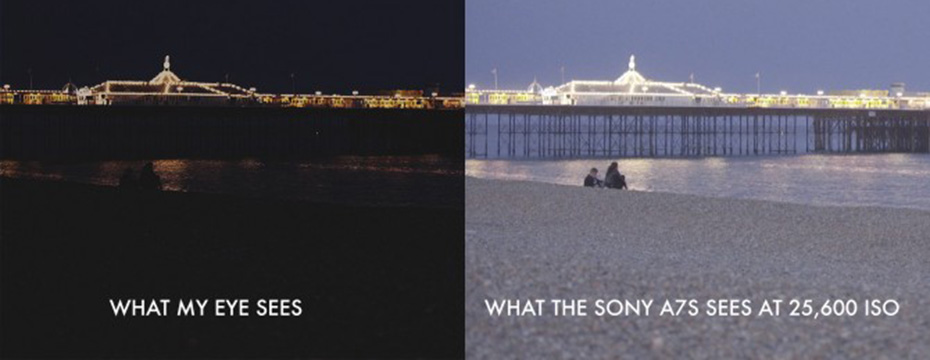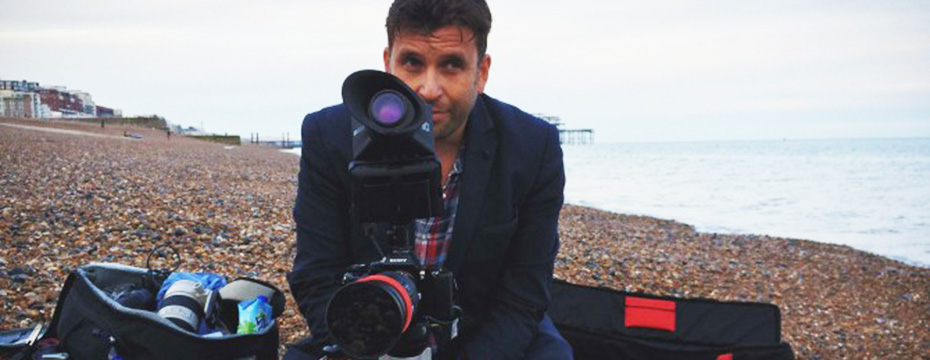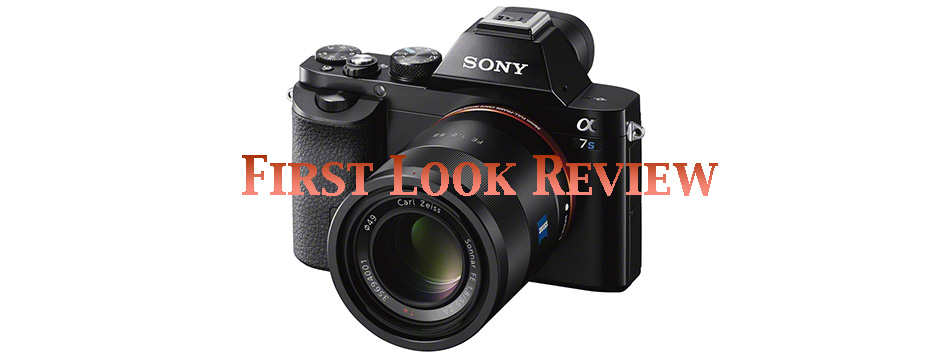
Johnnie Behiri: A Great A7S Movie, But Not To 4k Broadcast Standard?
Sleep, eat, taste wine and relax! – Shot on a Sony A7s from Johnnie Behiri on Vimeo.
The Sony A7S is finally shipping and in stock at some of the largest camera retailers over this past weekend. Credit to Sony, they said shipping would commence the first of July, and indeed it did the very first week. What this means is we will finally begin to see actual samples of work from this new camera that are more than some pixel peeper’s idea of what a “test” reel should look like. Good as they may be, for my uses something shot in a normal manner, a normal type of production, is going to tell me a lot more than all of the ultra high ISO 400k tests combined. I likely will never use ISO 400k, save for something like we have all already seen. There aren’t any shoots I can think of presently that will require such extremes.
First up this past week was Phillip Bloom’s very positive test piece on the A7S already posted in another article this past weekend HERE. Phillip clearly was as fascinated as we all are by how high is high, ISO speaking. So now we know. ISO 80,000 is not out of the question, but ISO 40,000 is cleaner. Wow. As a photographer who frequents dimly lit places, that is an impressive bit of information to choke down.
To start this week off something a bit different – the non camera camera review. A production work example, from a production camera. Cinema5D’s Johnnie Behiri recently received an A7S. He decided the best way to test this latest Sony A series body would be to put it to work in making an actual production. To insure a thorough workout for the A7S primary claim to fame of being one of the best low light cameras, a rather dark wine cellar would be just perfect.
I’ll let the results speak for themselves. To my eye, this is truly a remarkably good video camera for this type of hybrid storytelling. Johnnie, a true Master Storyteller has really done a beautiful piece here, of a quality that frankly takes my breath away. Go full screen or better yet, download the original from Vimeo. It is simply beautiful in every way. Bravo Johnnie, this one is out of the park and over the left field fence dude. A superb home run opener, and still your full review yet to come.
However, I can’t help but feel the present A7S is nothing more than a bridge camera, a “‘tweener” intended to get Sony’s stake in the 4k bragging grounds, while they continue to develop the full A7 size 4k mirrorless. The camera of cameras, Godzilla in mirrorless form. An “A Series” A7S Mark II with the ability to record 4k internally as well, not just push the 4k out the HDMI port as the present A7S does. One that does meet the new European broadcast standard in every respect, with full 10 bit support. Absent extremes such as Phillip Bloom’s exercise using his Blackmagic 4k external capture device, presently there is no way to record or save the 4k HDMI feed.
With the Panasonic GH4’s native internal recording 4k capability at $1,800, it begs the question of what does the additional $700 get you when you buy an A7S? Two things primarily, from the tests I have seen. First, you get high ISO speed. AMAZING high ISO speeds, so fast they were formerly unthinkable. Up to 40,000, if you really need to push it even higher. Second, you get a full size 35mm sensor. Nothing gives a shallow depth of field look like a full size 35mm sensor does. Nothing smaller, in any case.
Like this short from Johnnie Behiri attests, you and I have to decide as he has if it is worth paying $2,400 for a bridge camera, knowing it is almost certain to be replaced sooner rather than later with a new model that will record internal 4k. To do anything else would be tantamount to giving up the 4k market completely to Panasonic – something I don’t believe Sony is prepared to do.
Johnnie states in his review that he prefers the A7s’ full-frame look to the GH4’s at 1080p, and I have to agree with him. Even though the Sony is a 30 minute, region-locked camera with no internal 4K recording and its external 4K output is only 8-bit, lower than the now official European 4k broadcast standard of 10-bit. It may be, after all, only a bridge camera until something superior can be brought to market. But until that happens, it is one seriously good low light 1080P creative machine. It kicks my 5DIII with a look I presently only dream for. It will not, however, meet the latest 4k UHDTV Broadcast standard in its current form. It is believed that the Panasonic GH4, on the other hand, is presently capable of meeting this standard using its HDMI output port with an appropriate field recorder. Again, WHEN one actually becomes available!
One of the main organisations that shapes TV standards worldwide, the DVB Steering Board, has confirmed that the HEVC profile for Ultra HD 4K will be 10bit and up to 60fps.
“HEVC is the most recently developed compression technology and, among other uses, it is the key that will unlock UHDTV broadcasting,” said DVB Steering Board Chairman, Phil Laven. “This new DVB–UHDTV Phase 1 specification not only opens the door to the age of UHDTV delivery but also potentially sets the stage for Phase 2, the next level of UHDTV quality, which will be considered in upcoming DVB work,” he continued.
Phase 2 is, of course, 8K, and the Phase 1 specification takes into account the possibility that UHDTV Phase 2 may use higher framerates in a compatible way (with some broadcasters lobbying for 120fps).
Elsewhere, in what was obviously a busy meeting, the Steering Board approved standards for syncing second screen content with mainstream broadcasts (handy for time-shifting viewers) and the codec agnostic MPEG-DASH adaptive nitrate technology, which should greatly simplify transcoding content for the second screen too.
See and read Johnnie Behiri’s full review here: http://www.cinema5d.com/news/?p=26191
Thanks for reading!
PLEASE RATE THIS STORY! [ratings]



